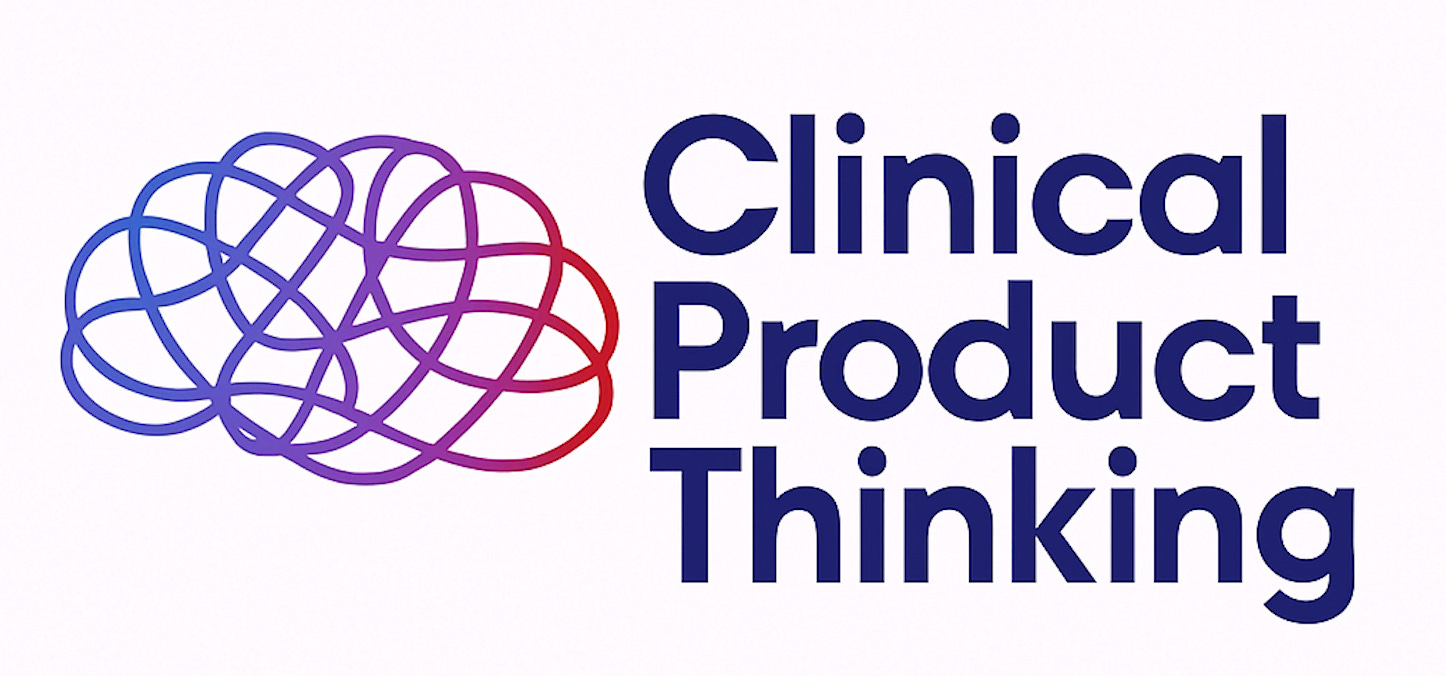The CPM Playbook for Building Influence and the Biggest Problem in Clinical Product
Your weekly newsletter on all things clinical product and building better healthcare 🏥
This is Clinical Product Thinking 🧠, a weekly newsletter featuring practical tips, frameworks and strategies from the frontlines of clinical product. I try to make this your best Sunday afternoon email. If you enjoy it, please hit the heart button.
Good afternoon friends, this is issue No. 005. This week’s topic? How CPMs can move from being seen as a cost centre to a growth driver.
The Biggest Problem in Clinical Product
The biggest complaint I hear from clinicians and clinical product people is they feel undervalued. Often leaders act like engineers are the only ones who move the mission forward.
Here’s my take: you build great healthcare by investing in people who’ve lived and breathed care, not just the engineering team.
But great CPMs don’t sit around waiting to be valued. They drive the change themselves. At our Clinical Product Dinner last week, 12 leaders swapped playbooks on how. 👇
Speak Their Language
If you want influence, you have to speak leadership’s native language.
That means translating clinical value into the business language founders and execs already think in: revenue, retention, ROI, and focusing on the biggest problems they are experiencing right now.
💡 Ask subtle diagnostic questions to figure out what matters most to your leadership team:
“Would you describe us as building something new, fixing something broken, scaling what works, or protecting success?”
“When you look at the next 12–18 months, is the focus more on speed, stability, or scaling?”
Once you can see the picture in leadership’s head, you can show how clinical product makes that vision achievable.
Tie Your Goals to Growth
This isn’t just about how you talk, it’s about how you measure.
If clinical product looks like a cost centre, you’ve already lost. Anchor your goals to company-level outcomes rather than framed only in clinical terms. Safety, compliance, pathways, all critical. But if they sit in isolation, you’ll always look like a cost centre.
For CPMs, that means reframing:
Safety as savings. Every avoided incident is fewer complaints, lower churn, reduced liability, stronger renewals.
Commercial impact. Show how clinical product influences revenue retention, margin per contract and cost avoidance at scale.
Evidence as currency. Move beyond anecdotes. Adoption, utilisation, and reduced cost per case are proof points leaders can’t ignore.
Get this right, and clinical product stops looking like a cost centre, it starts looking like the growth engine.
Don’t wait to be invited
Often CPMs aren’t handed a golden ticket into strategic rooms (yet). So find your own entry points.
Tactics that work:
Diary-snooping → spot meetings you should be in, ask to join.
Retros → highlight where earlier clinical input would’ve prevented pain.
Error piggybacking → when something goes wrong, use it to argue for process change.
At first you’ll push your way in. You’ll know you’re winning when you’re pulled in.
One CPM told me she was pulled into a flagship client project two weeks before launch. Her assessment? It was shaky, needed a full rebuild and the CEO wanted answers. That’s the risk of waiting to be invited.
Track it. Share it
The paradox: CPM success shows up in others’ wins. But if you don’t highlight your own impact, you risk invisibility.
Ask yourself:
What outcomes improved because you were there?
What risks were avoided?
What commercial or patient outcomes moved because of your work?
Don’t just track it, share it. Make sure your manager and peers see the link between your work and the outcomes achieved.
The Bottom Line
Clinical product isn’t a nice-to-have. It’s the lever that keeps patients safe and the business alive.
The mistake? Letting it be framed as overhead. Or worse, the team that slows things down.
The fix? Show your receipts. Track the risks avoided, the deals saved, the outcomes that improved because you were in the room. Then make sure the right people know.
That’s how you move from muscling in to being pulled into every room that matters.
The minute you make clinical value a business lever, life gets a little easier.
Join the next event 🎇
📆 22nd October - Clinical Product Drinks 🍸
Want to continue the conversation? Join the next clinical product event on 22nd October to mingle with other Clinical Product Leaders and Managers. Grab your ticket here.
📆 12th November - Clinical Product Dinner: Regulation Without Killing Innovation
With Benedikt von Thüngen, founder & CEO of Sanome who just received Class 2b medical device clearance for MEMORI, an early warning system for hospitals. Subscribe to be the first to know!
Drop me a quick review 👇
It helps me make CPT more useful each week.
That’s all for this week. See you next time! 👋
Work with me | 📅 Attend an event | | ✍️ Send a message
Written by Dr.Louise Rix, Head of Clinical Product, doctor and ex-VC. Passionate about all things healthcare, HealthTech and clinical product (…obviously). Based in London. You can find me on Linkedin.
Made with ❤️ for better, safer HealthTech.



